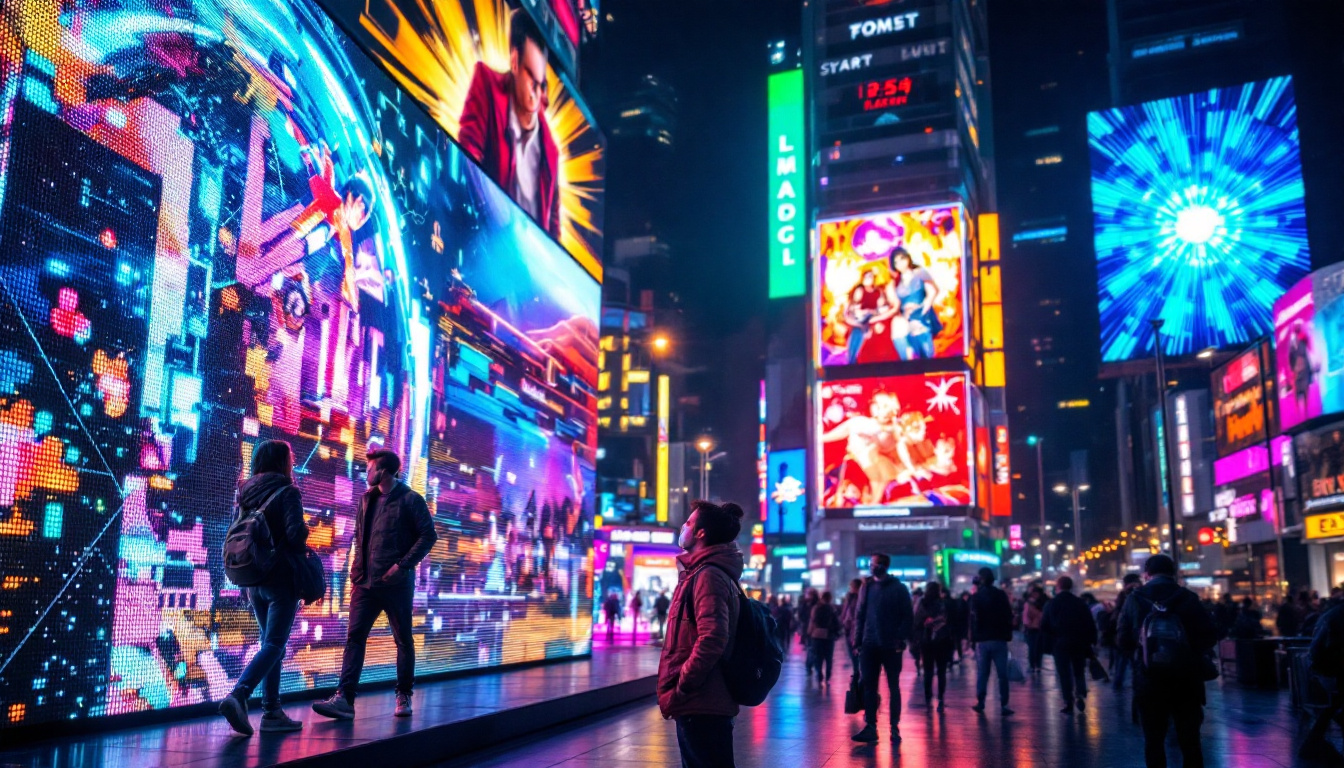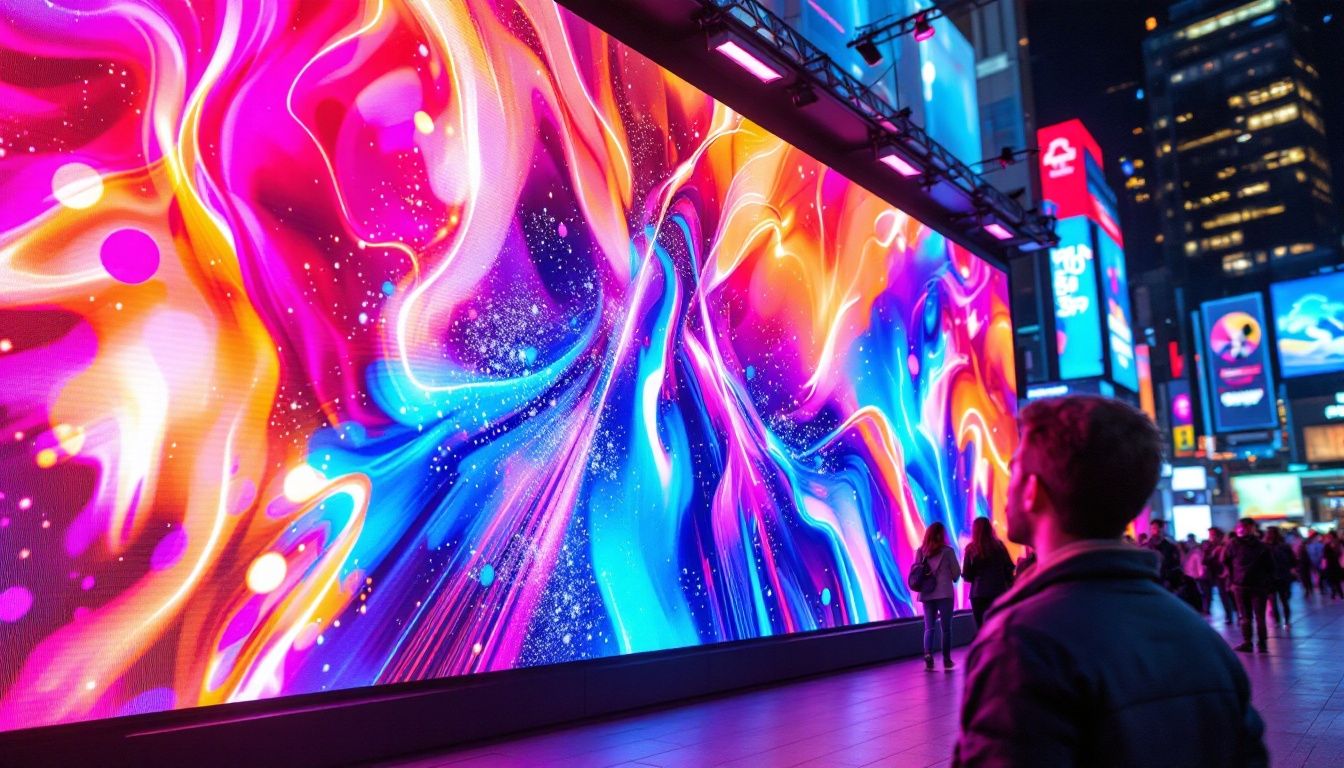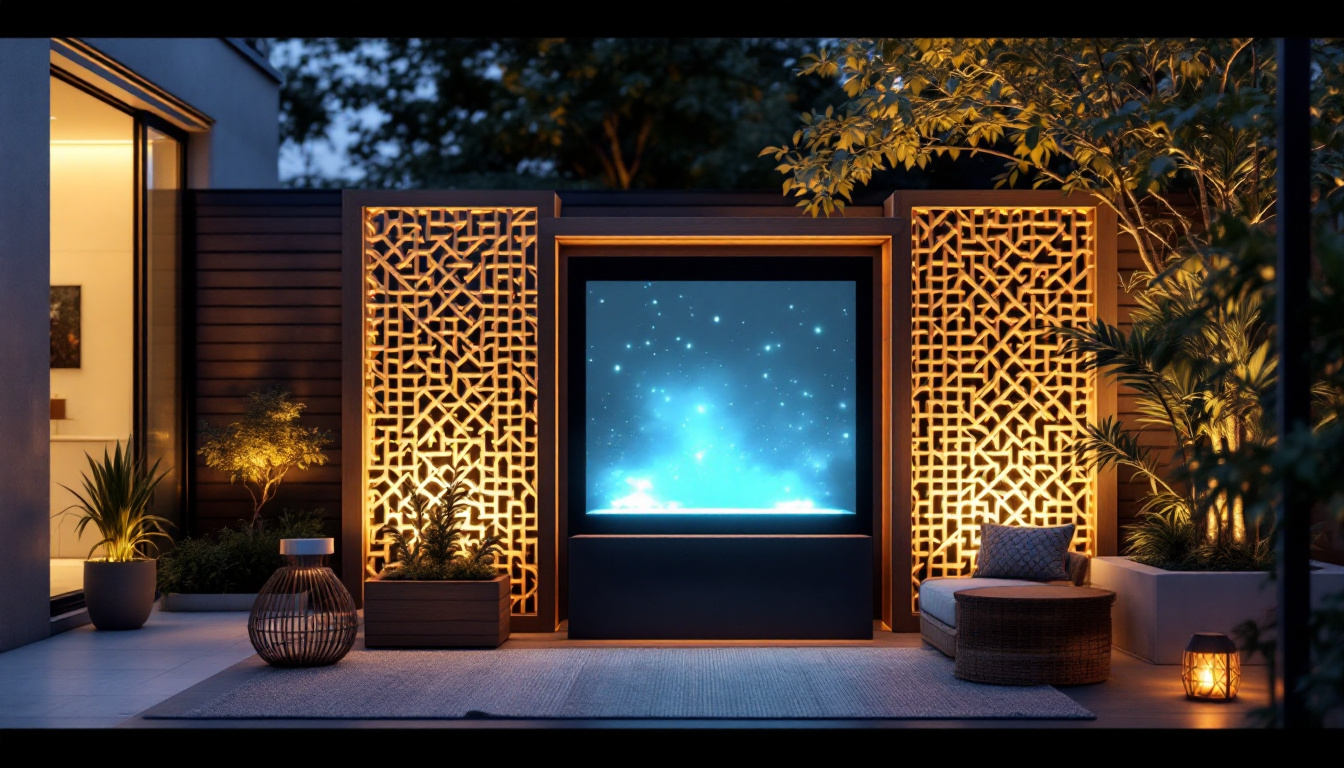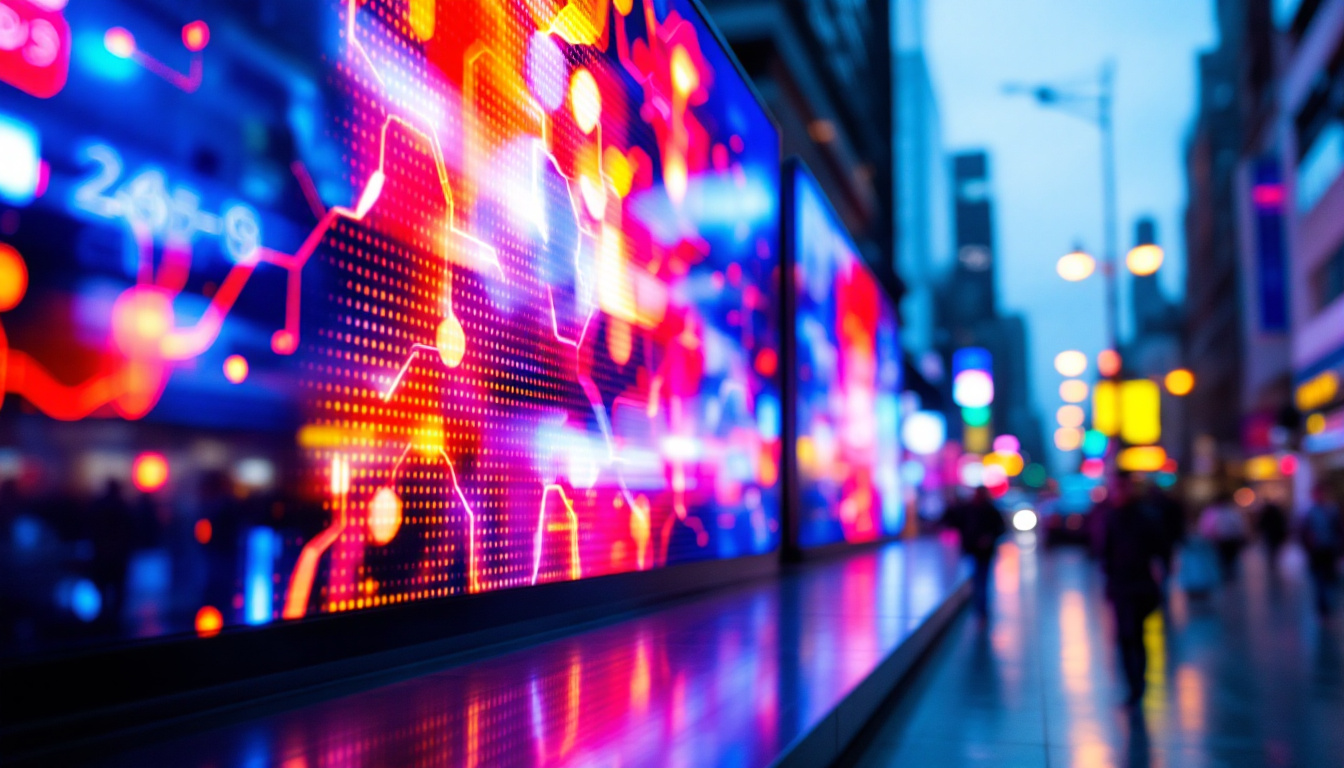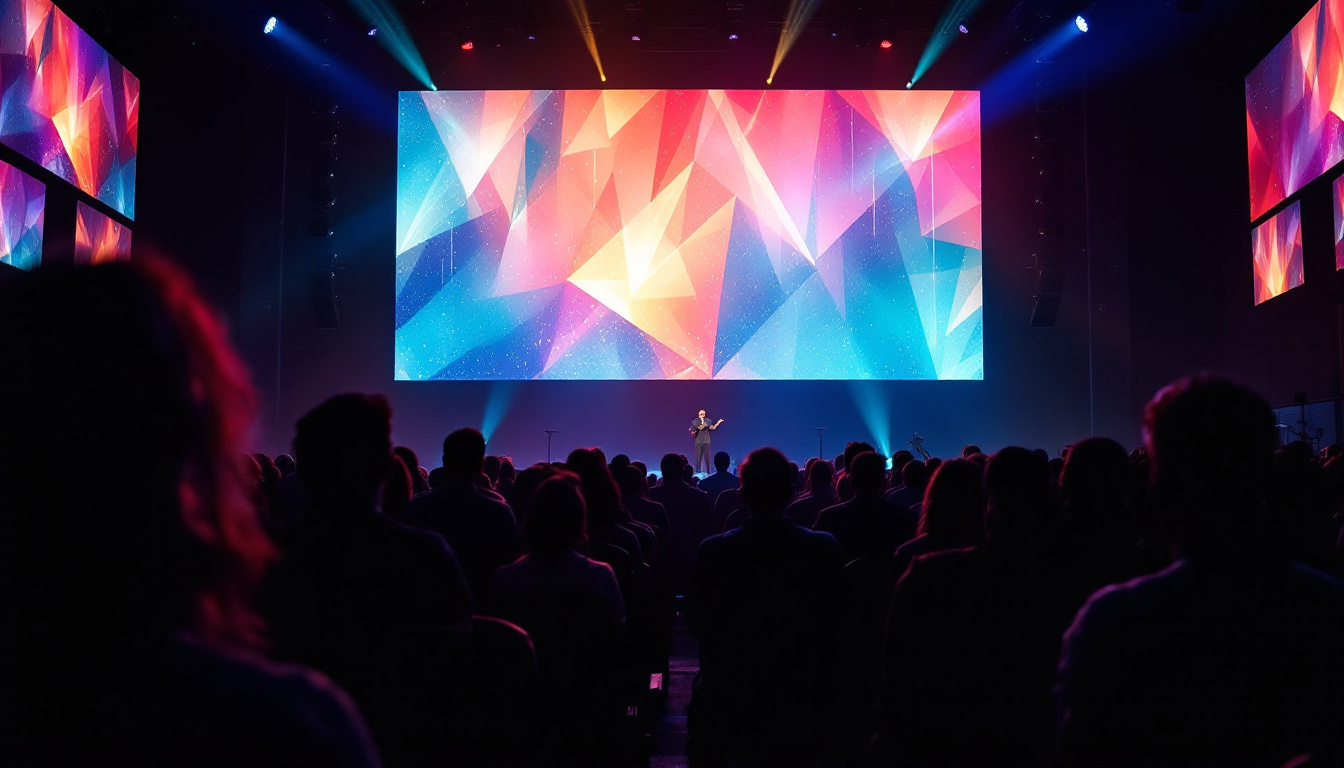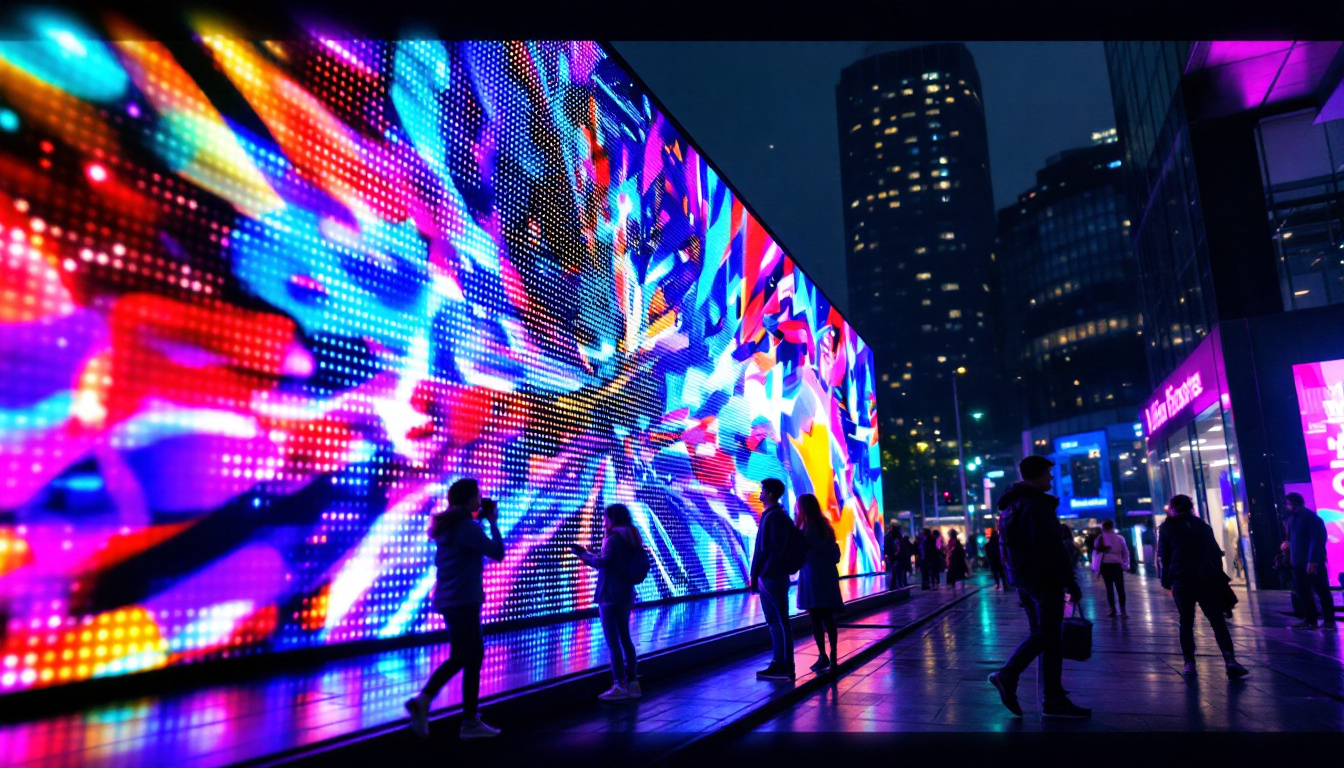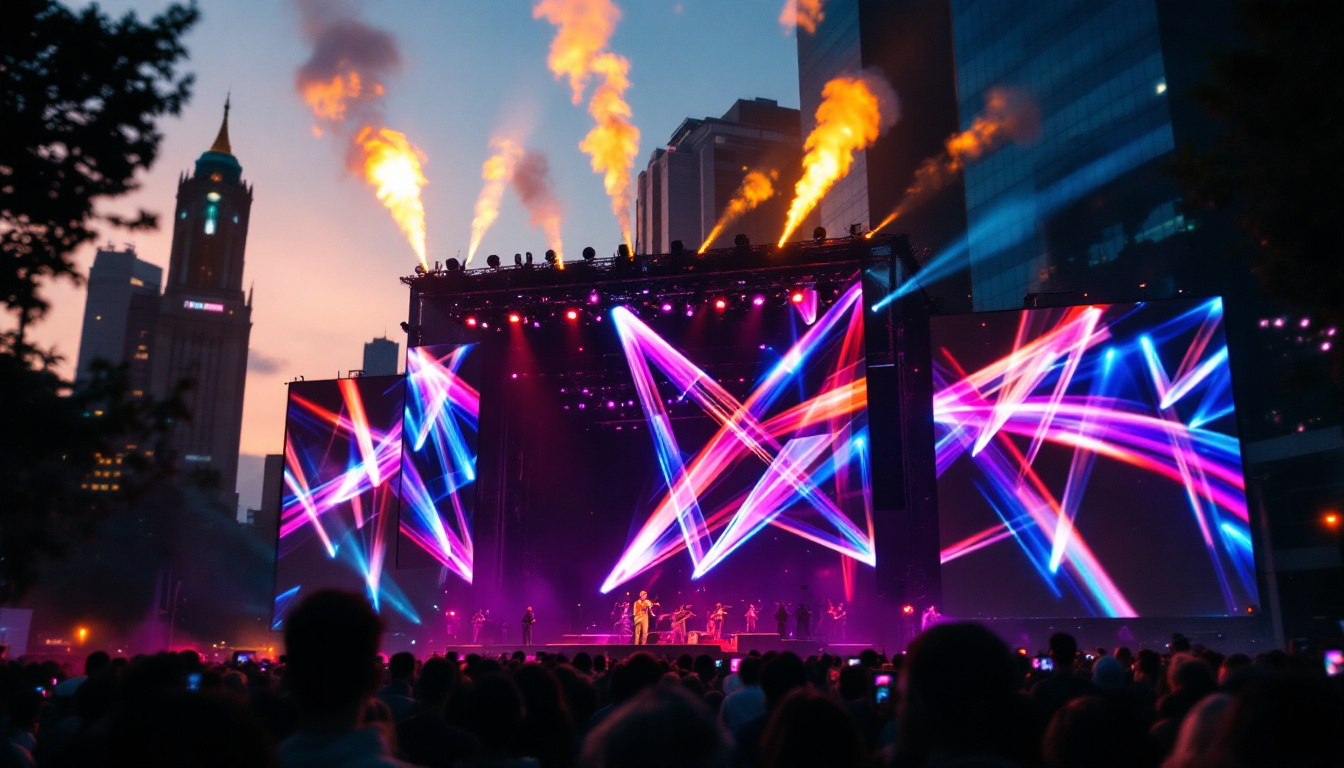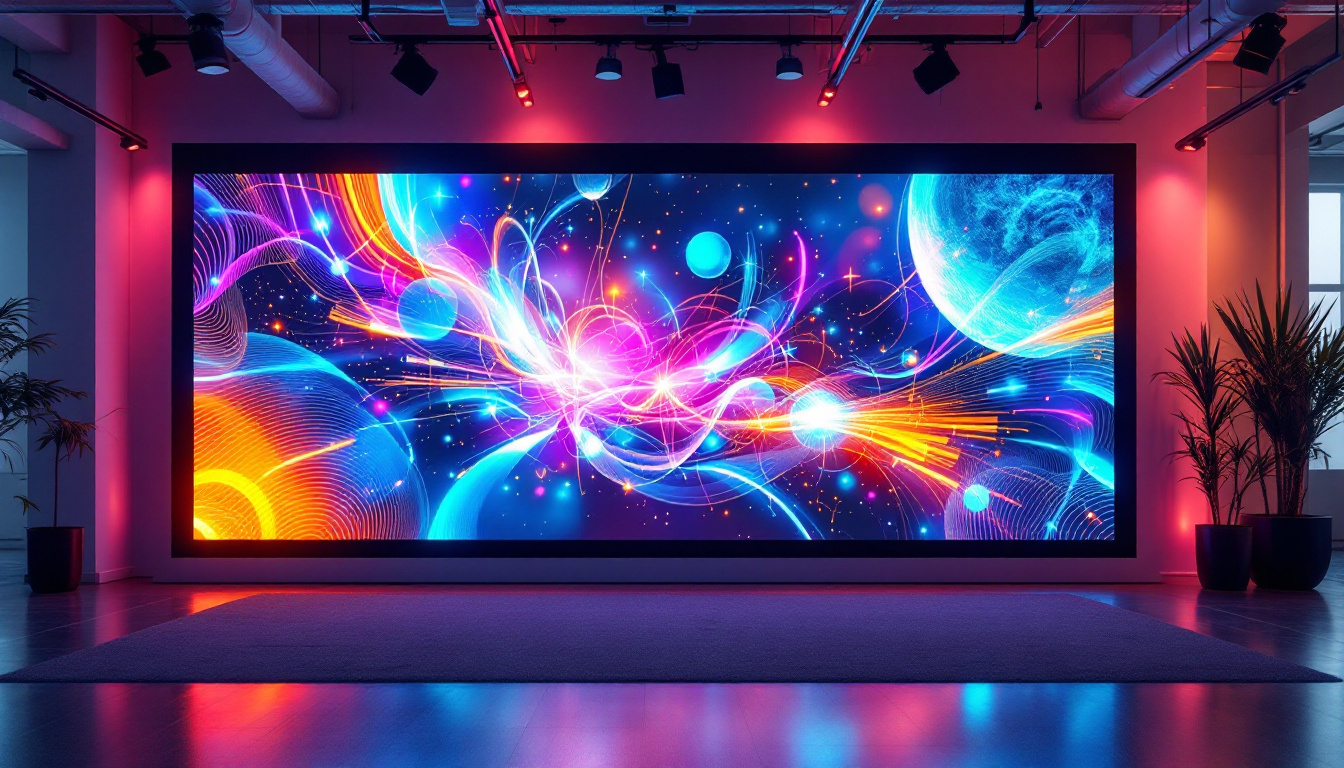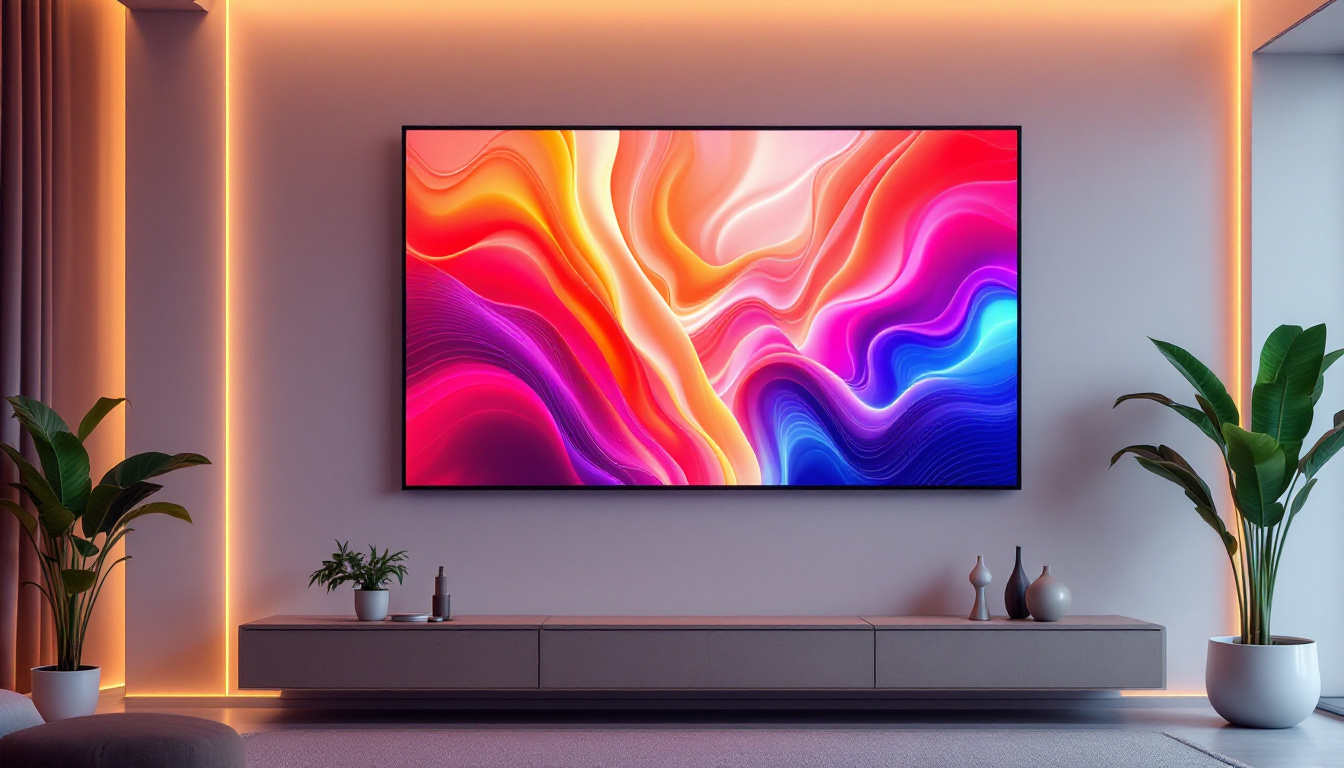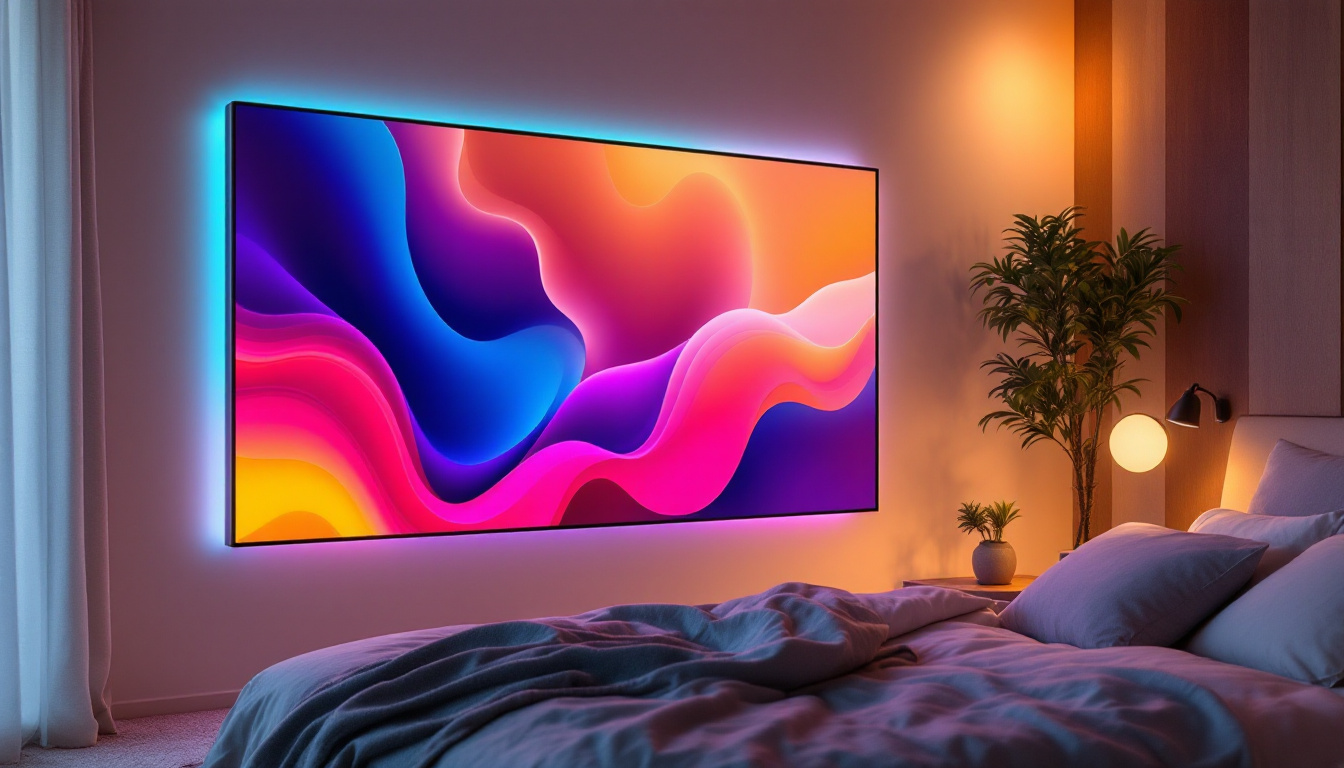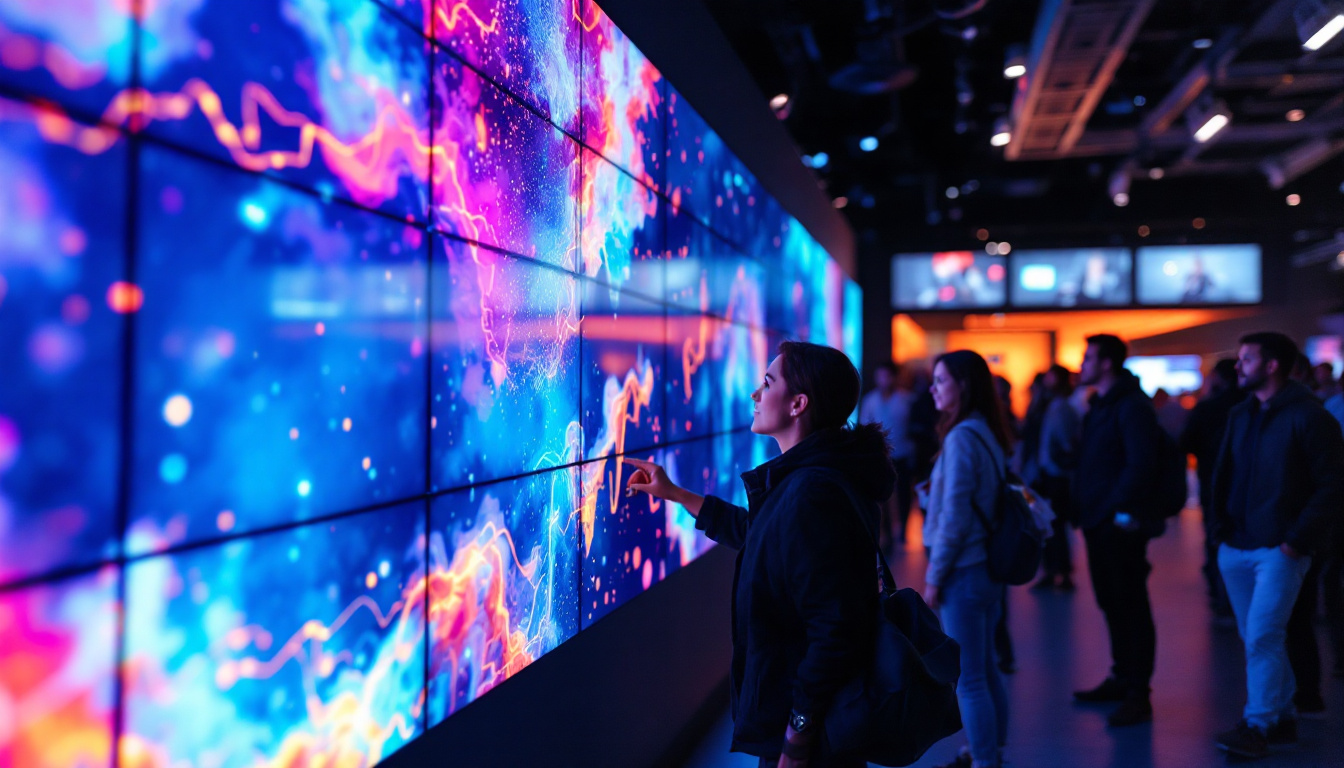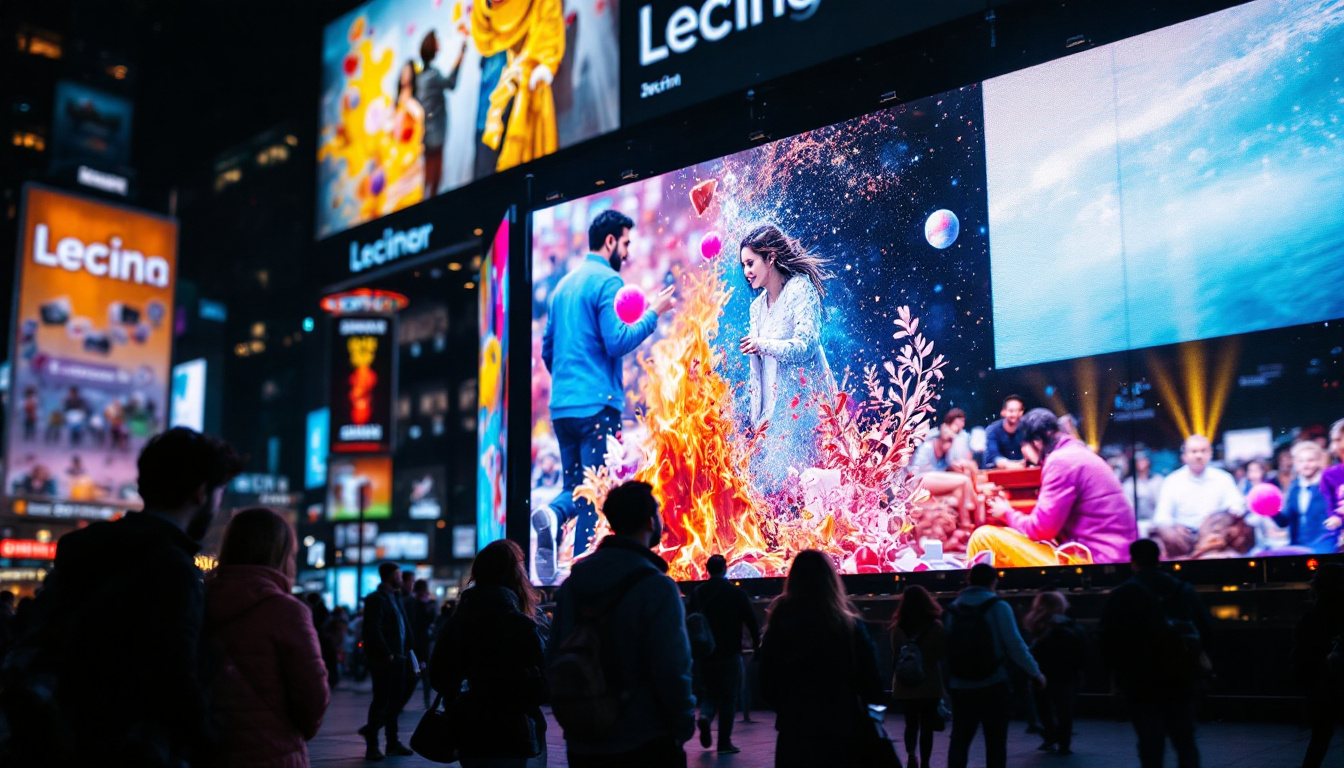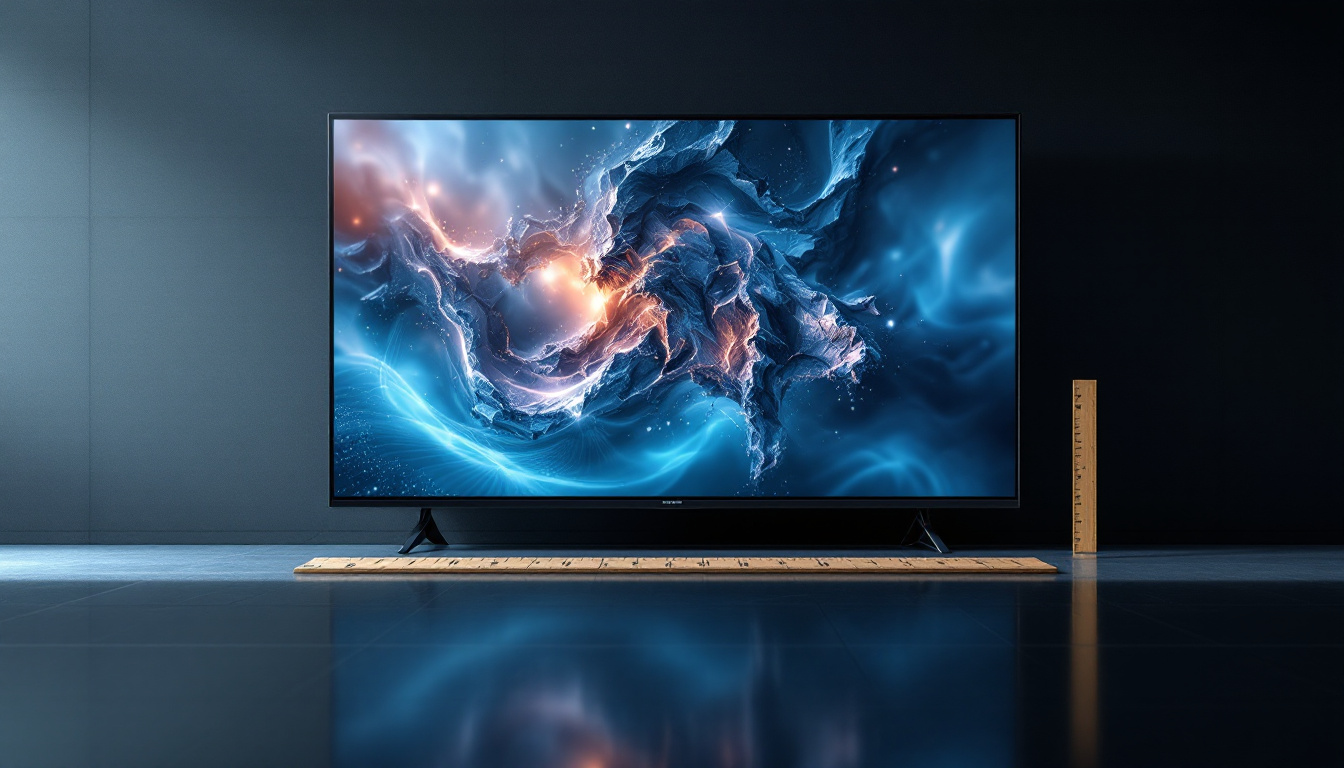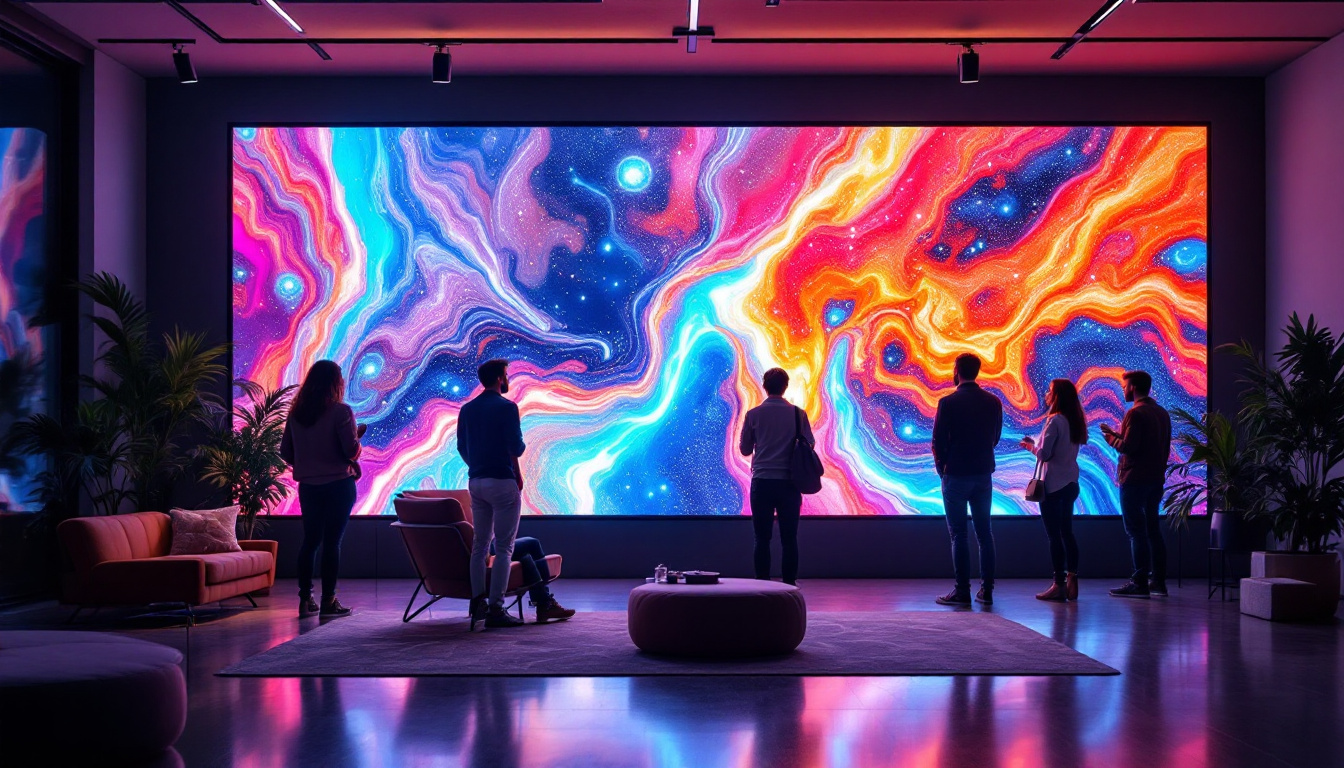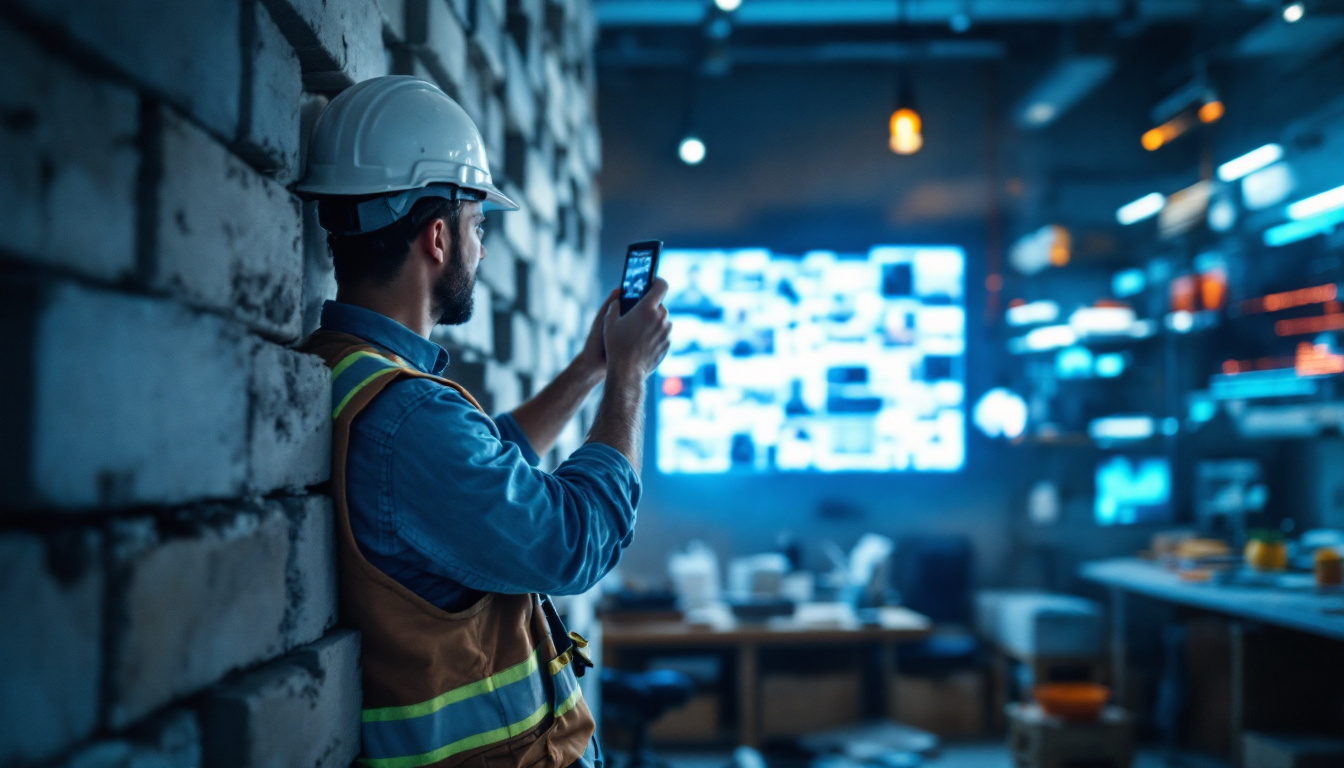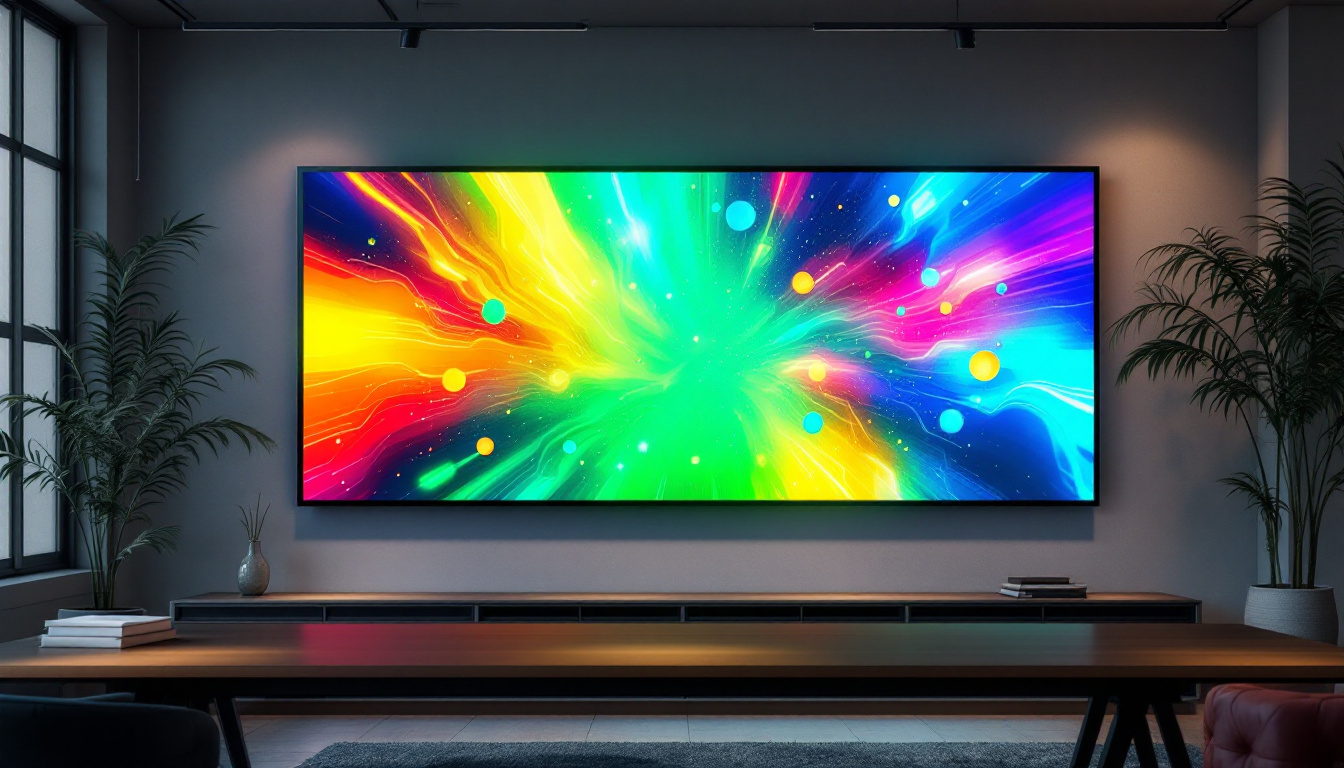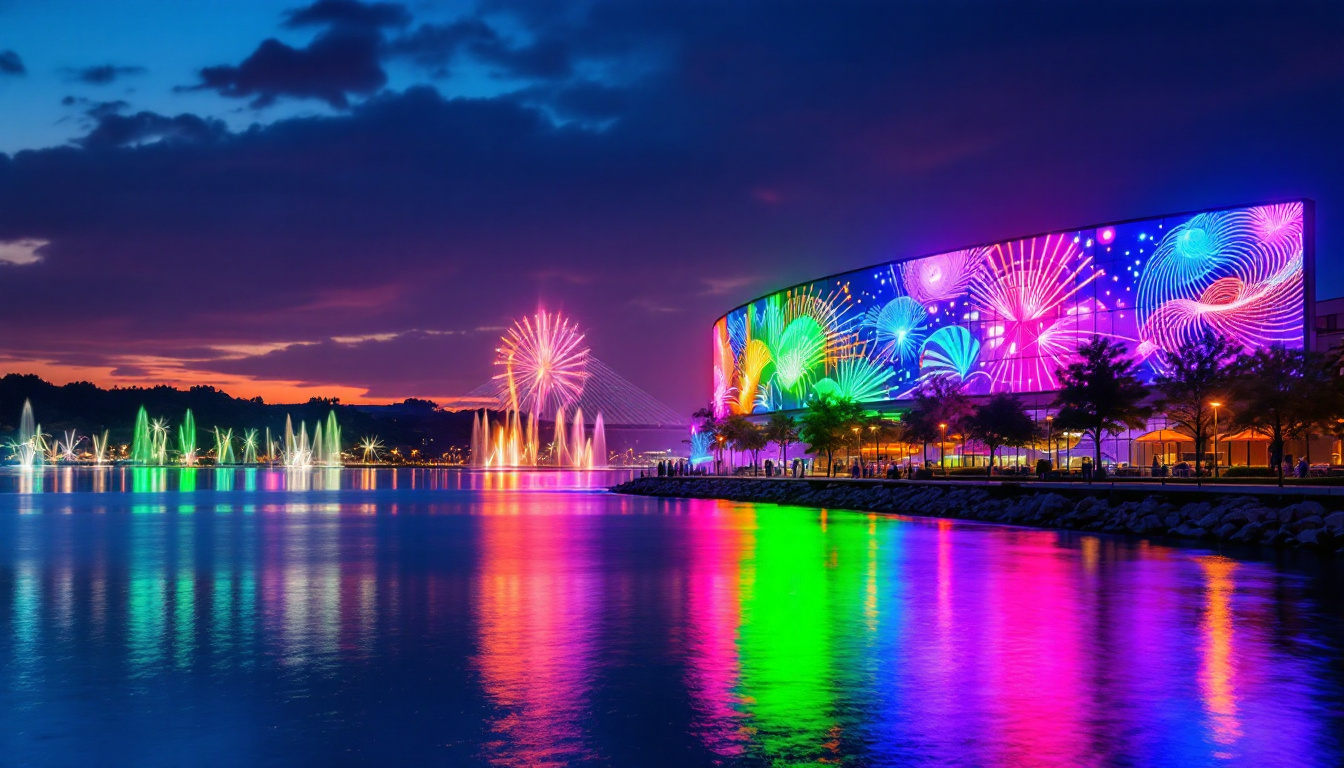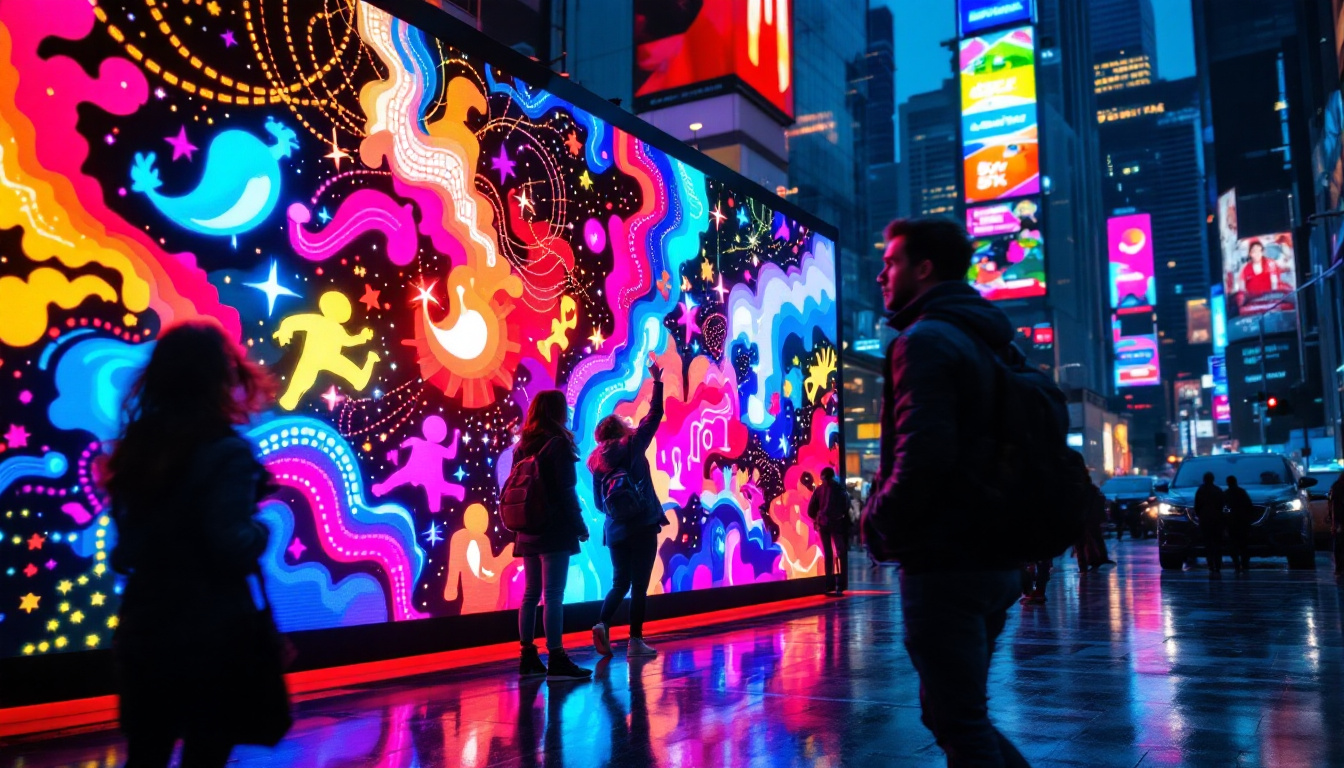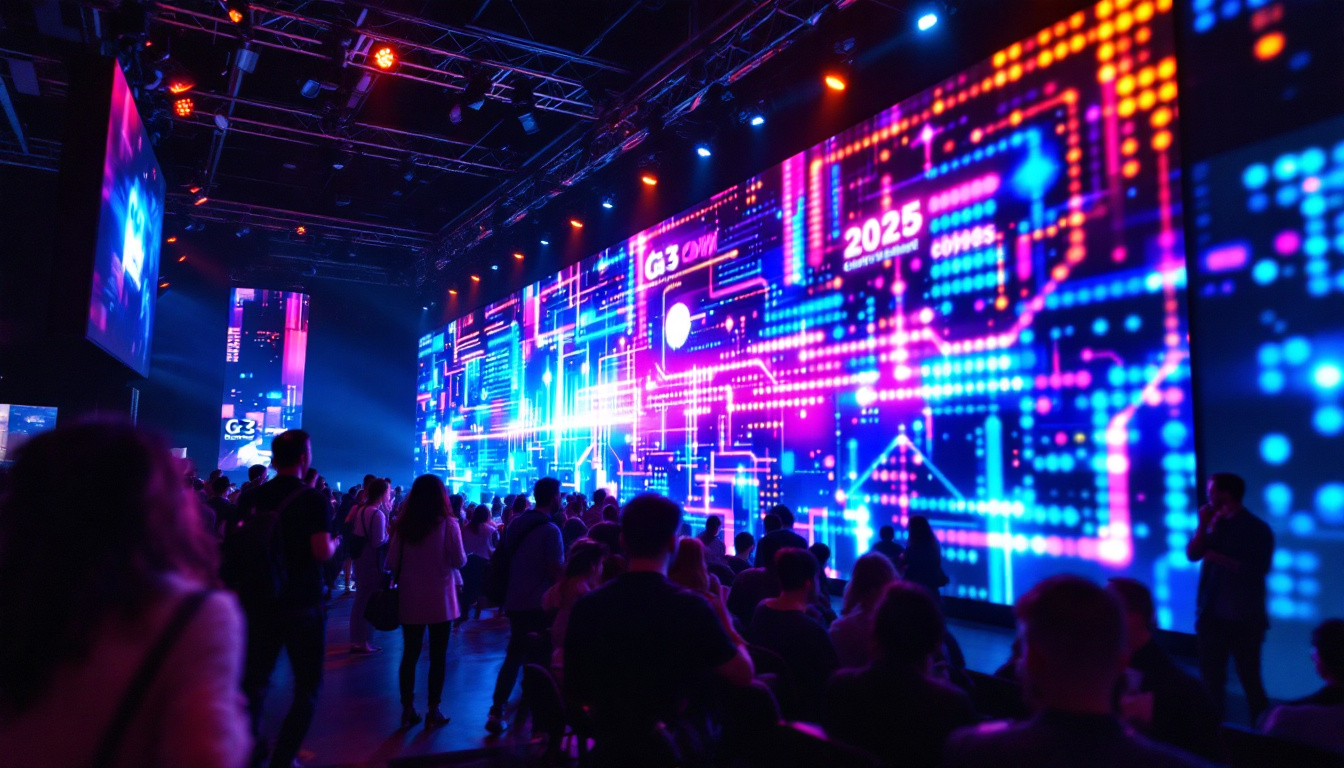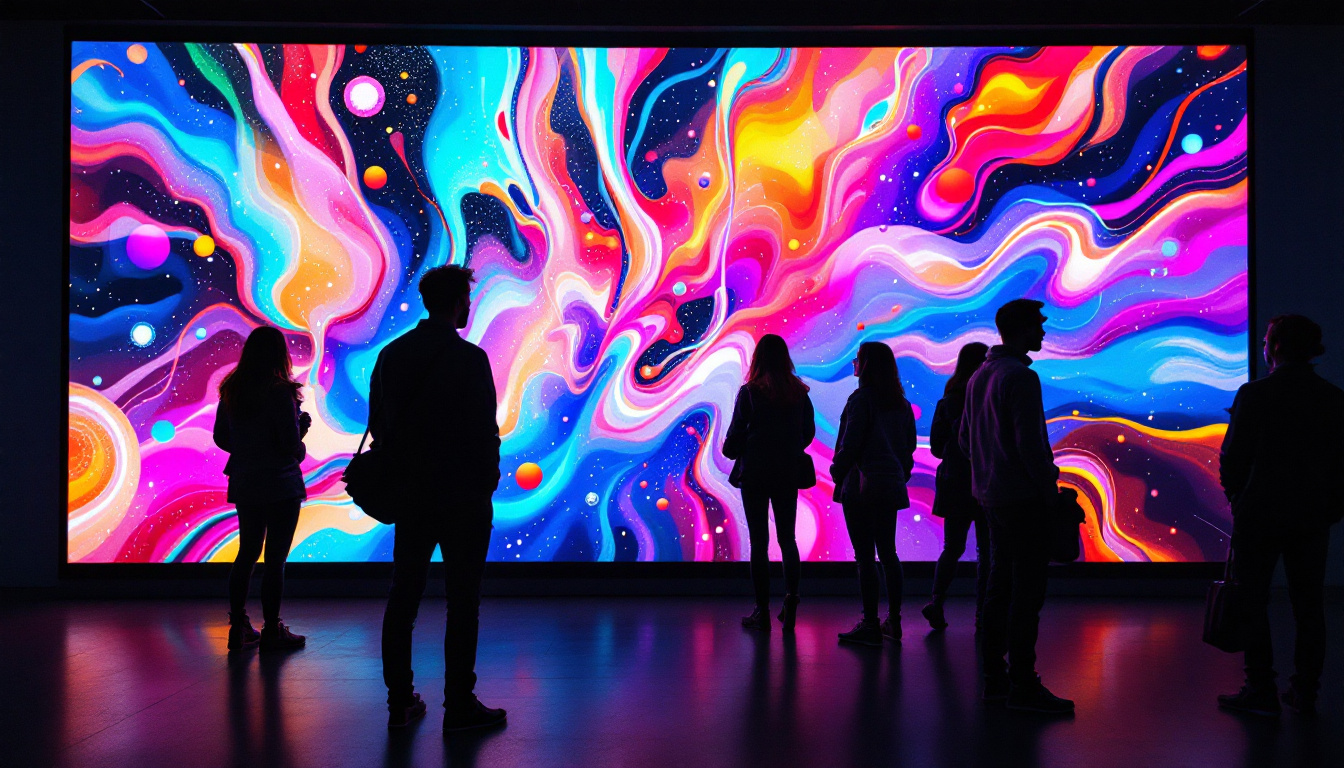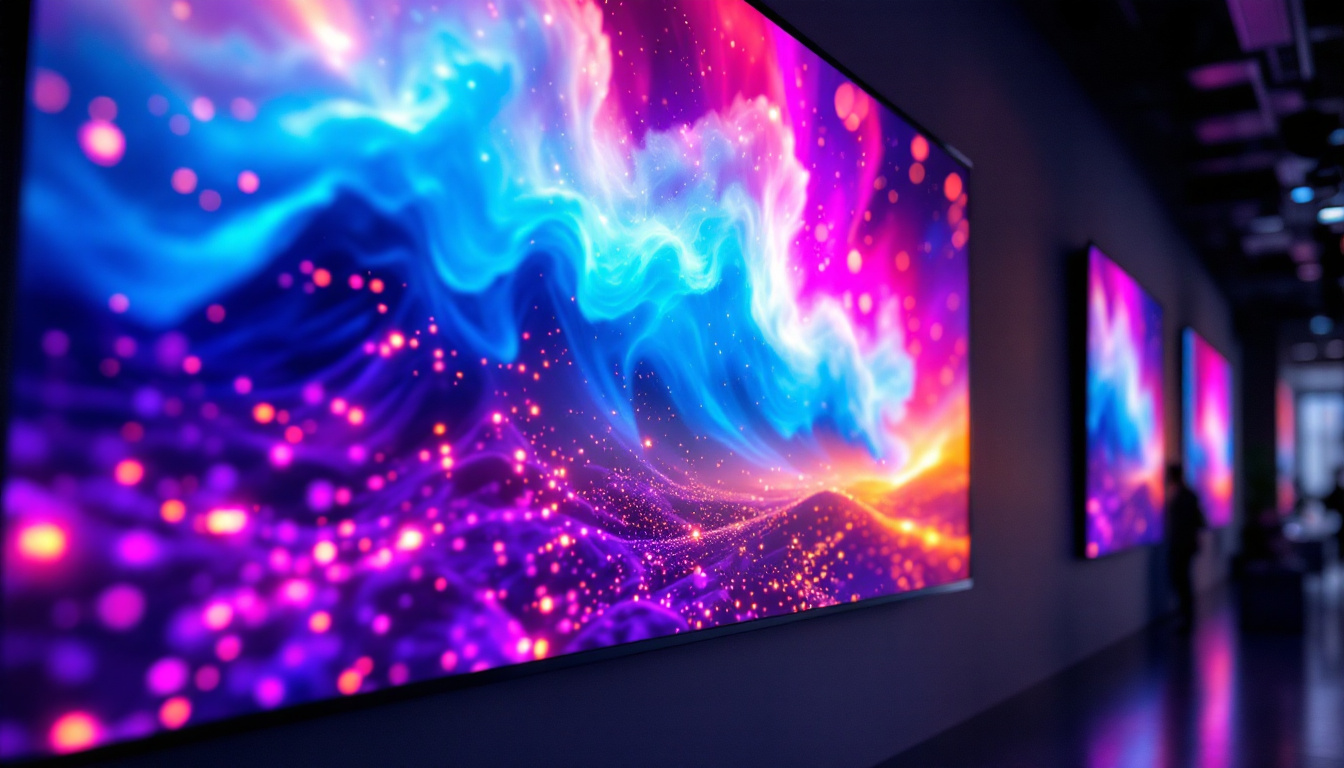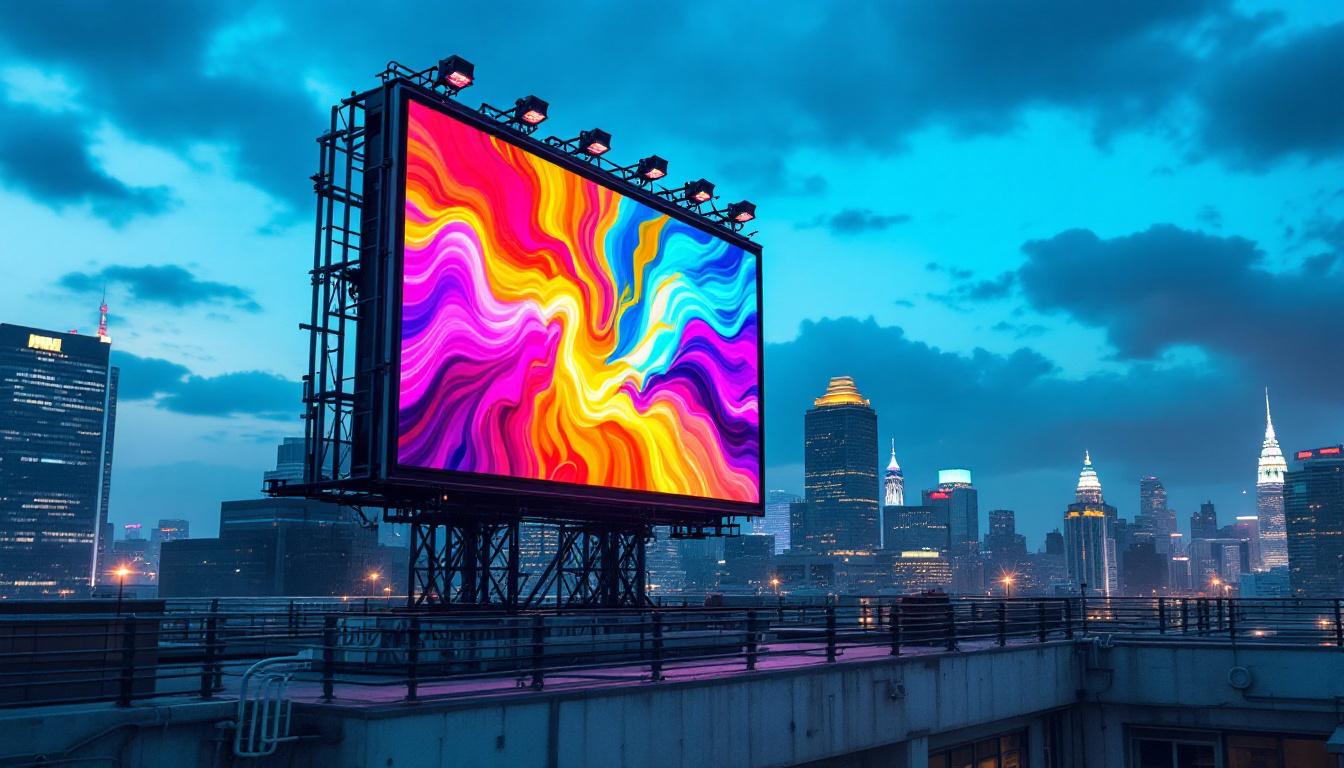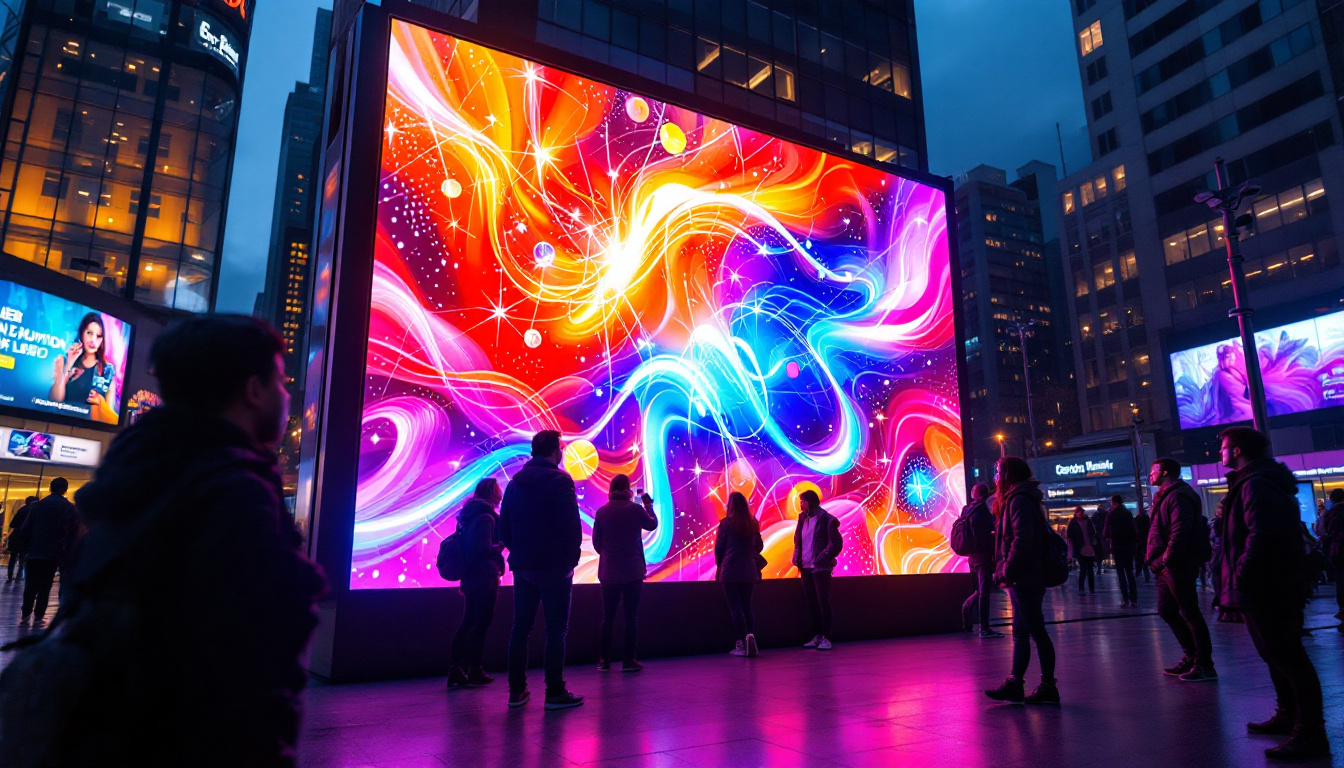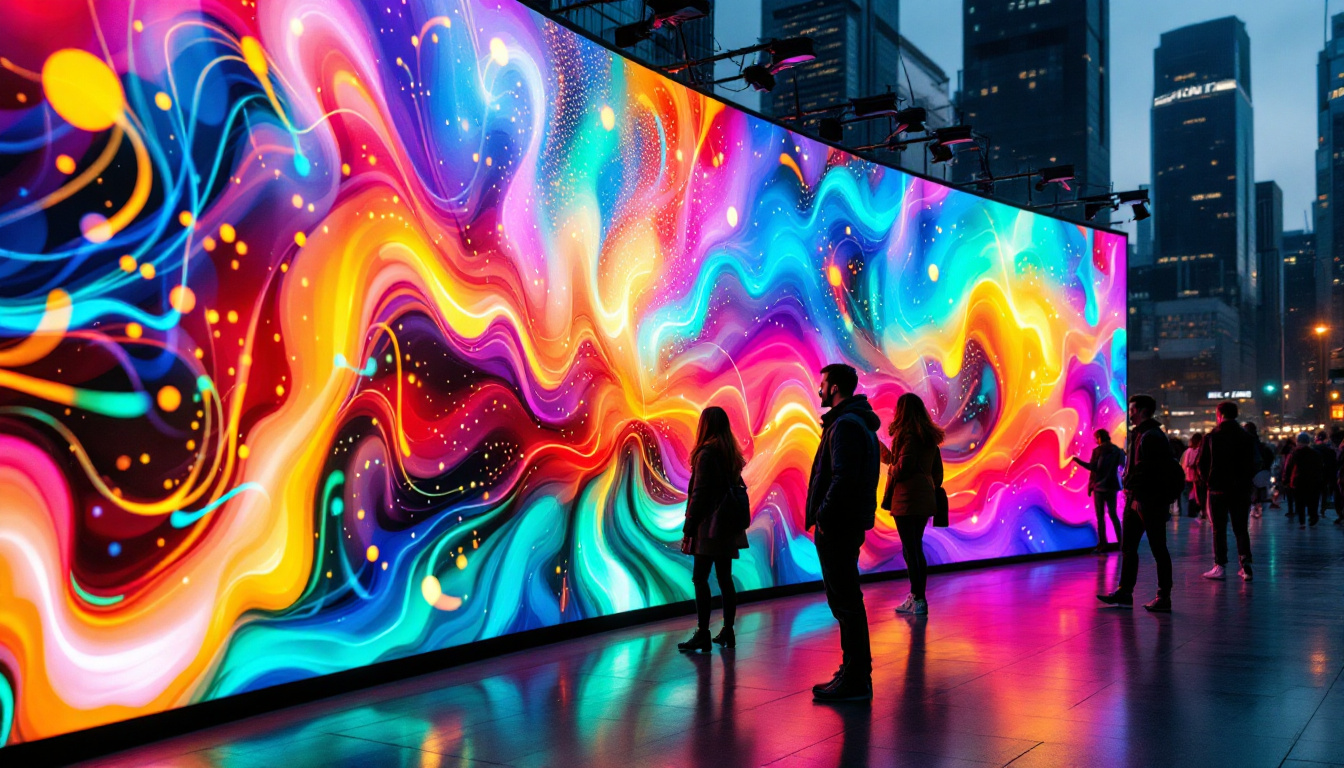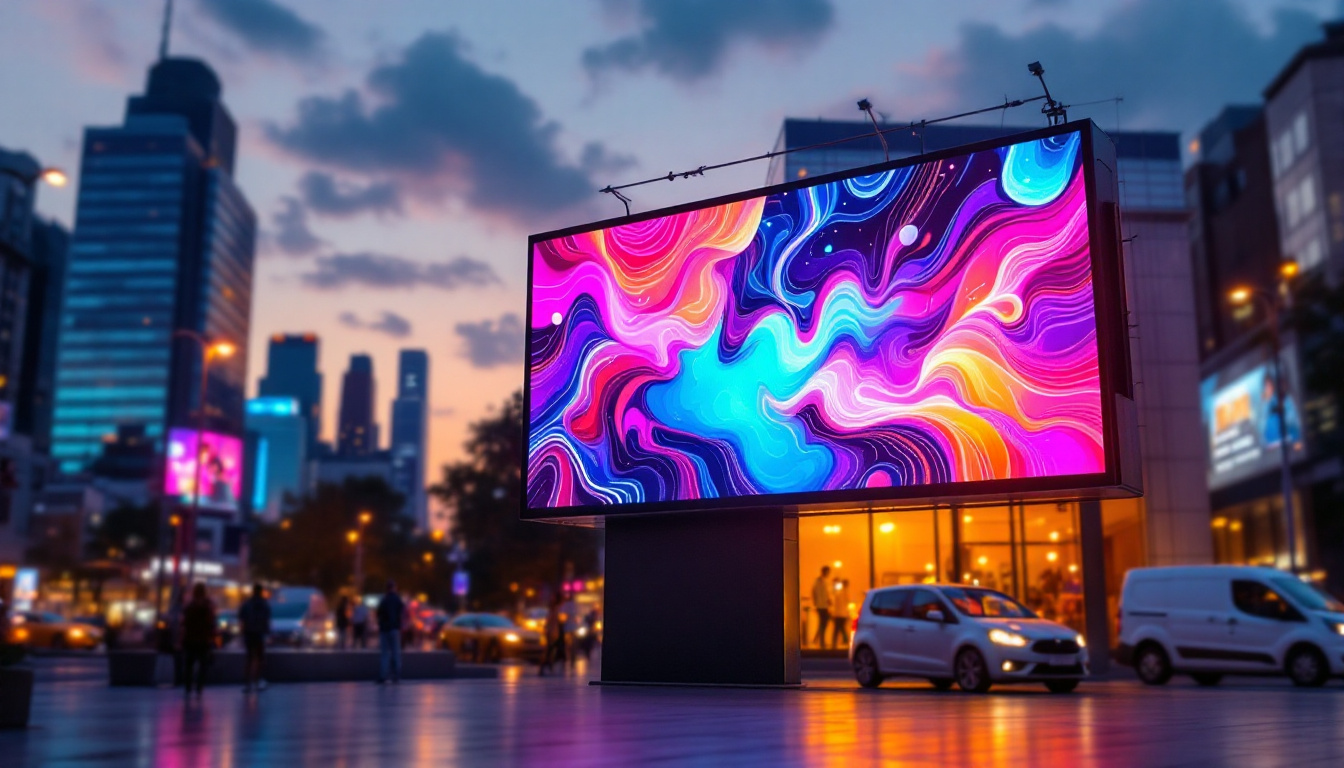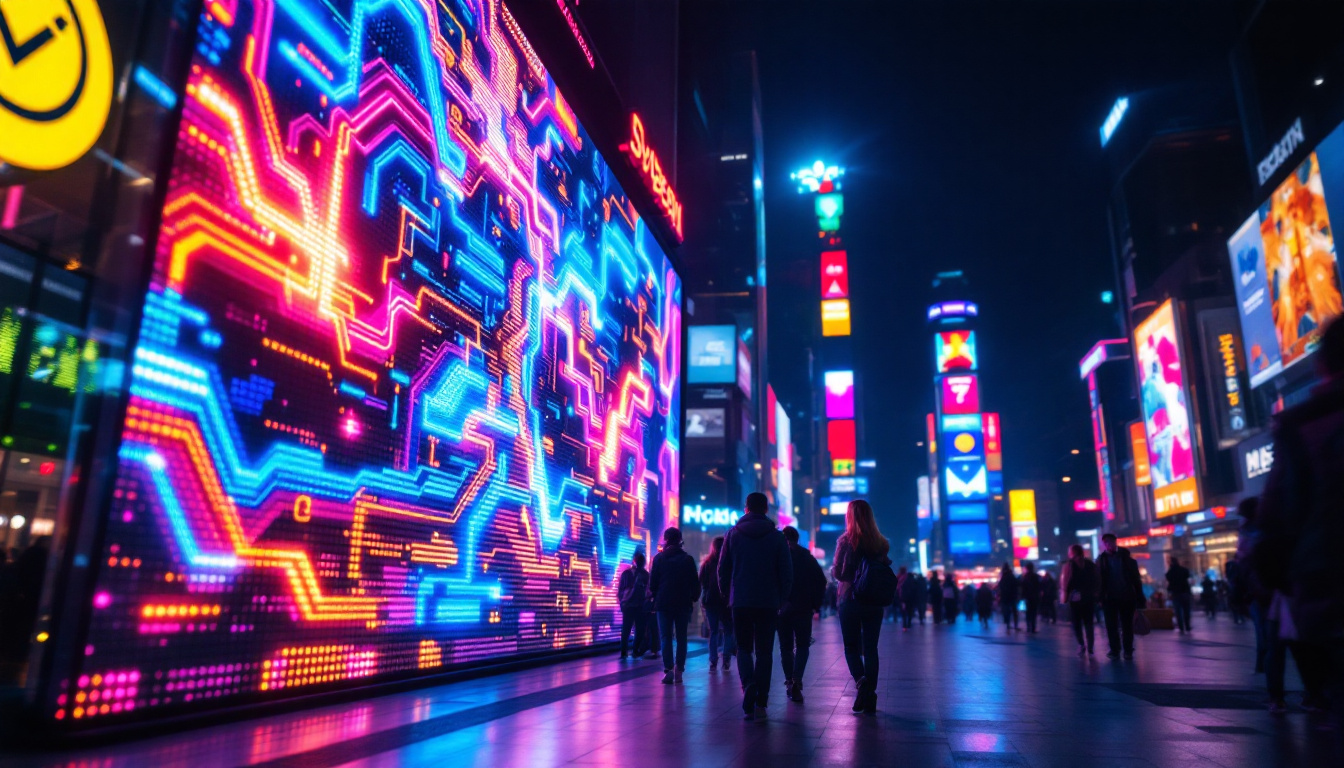In today’s digital age, LED displays have become a cornerstone of visual communication. Whether in advertising, events, or public information systems, these displays offer vibrant colors and high visibility. This article delves into the intricacies of LED displays, their benefits, and how to find AV vendors near you that specialize in this technology.
Understanding LED Displays
LED, or Light Emitting Diode, displays are electronic screens that utilize LEDs as their primary light source. These displays are known for their energy efficiency, longevity, and superior image quality. Unlike traditional LCD screens, LED displays provide better contrast ratios and can be viewed in a variety of lighting conditions. This versatility makes them an ideal choice for both indoor and outdoor applications, where lighting conditions can vary dramatically.
In addition to their practical benefits, LED displays also contribute to a more vibrant visual experience. The colors produced by LEDs are often more saturated and vivid, enhancing the overall aesthetic appeal of the content being displayed. This is particularly important in settings such as retail environments, where eye-catching visuals can significantly influence consumer behavior and drive sales.
How LED Displays Work
At the core of an LED display are tiny diodes that emit light when an electric current passes through them. These diodes are arranged in a grid pattern, allowing for the creation of images and videos. The more diodes present, the higher the resolution and clarity of the display. This technology can be found in various formats, from small screens in retail environments to large-scale billboards on highways. The ability to scale the technology means that LED displays can be customized for any size requirement, making them incredibly versatile.
Furthermore, LED displays can be controlled using advanced software that allows for dynamic content management. This means that businesses can easily update advertisements or information in real-time, ensuring that the content remains fresh and relevant. The integration of smart technology into LED displays has also paved the way for interactive applications, where users can engage with the display through touch or motion sensors, creating a more immersive experience.
Types of LED Displays
There are several types of LED displays, each designed for specific applications. The most common types include:
- Indoor LED Displays: These are typically used in venues such as conference rooms, theaters, and retail spaces. They have a higher pixel density, providing sharper images for close viewing. Their design often includes features that minimize glare and reflections, ensuring that the content is easily visible from various angles.
- Outdoor LED Displays: Built to withstand the elements, outdoor displays are brighter and more durable. They are often used for advertising and public announcements. These displays are engineered to resist weather conditions such as rain, snow, and extreme temperatures, making them a reliable choice for long-term outdoor use.
- Transparent LED Displays: A newer innovation, these displays allow viewers to see through them while still displaying images. They are often used in storefronts and exhibitions. This unique feature not only enhances the aesthetic appeal but also allows for creative advertising solutions, where products behind the display can still be visible while being complemented by dynamic visuals.
Another emerging type is the flexible LED display, which can be bent or shaped to fit unconventional surfaces. This innovation opens up new possibilities for creative installations in art and architecture, allowing designers to integrate technology seamlessly into their projects. Additionally, advancements in microLED technology promise even greater resolution and efficiency, paving the way for the next generation of display technology.
The Advantages of LED Displays
LED displays offer a myriad of advantages over traditional display technologies. Their unique features make them suitable for various applications, from advertising to entertainment.
Energy Efficiency
One of the most significant benefits of LED displays is their energy efficiency. Compared to traditional incandescent bulbs, LEDs consume significantly less power while providing the same level of brightness. This efficiency translates to lower electricity bills and a reduced carbon footprint, making them an environmentally friendly choice.
Longevity and Durability
LED displays are designed to last. With a lifespan that can exceed 100,000 hours, these displays require less frequent replacements compared to other technologies. Additionally, they are more resistant to shocks and vibrations, making them ideal for outdoor use where conditions can be unpredictable.
High-Quality Visuals
The visual quality of LED displays is another compelling advantage. They offer exceptional brightness and contrast, ensuring that images and videos are vibrant and eye-catching. This quality is particularly important in advertising, where capturing the attention of potential customers is crucial.
Applications of LED Displays
LED displays are versatile and can be found in various settings. Their adaptability allows them to serve multiple purposes across different industries.
Advertising and Marketing
In the realm of advertising, LED displays have revolutionized how brands communicate with consumers. Dynamic content can be updated in real-time, allowing businesses to promote sales, events, and new products instantly. This flexibility makes LED displays an attractive option for retailers and advertisers alike.
Events and Entertainment
LED displays are a staple in the events industry, providing stunning visuals for concerts, festivals, and corporate events. They can be configured in various shapes and sizes, allowing for creative installations that enhance the overall experience for attendees. From large screens at music festivals to smaller displays at trade shows, LED technology plays a vital role in modern entertainment.
Public Information Systems
Municipalities and organizations utilize LED displays for public information systems, such as traffic signs, weather updates, and emergency alerts. These displays can convey critical information quickly and effectively, making them essential for public safety and awareness.
Finding AV Vendors Near You
With the growing demand for LED displays, finding the right AV vendor becomes crucial. The right vendor can provide not only the technology but also the expertise needed to implement and maintain these systems.
Researching Local Vendors
Start by conducting online research to identify AV vendors in your area. Look for companies that specialize in LED technology and have a proven track record. Customer reviews and testimonials can provide insight into the quality of service and products offered by these vendors.
Evaluating Vendor Expertise
Once you have a list of potential vendors, evaluate their expertise in LED displays. Consider factors such as their experience with different types of displays, installation capabilities, and post-installation support. A vendor with a strong portfolio and knowledgeable staff can make a significant difference in your project’s success.
Requesting Quotes and Proposals
After narrowing down your options, reach out to the vendors for quotes and proposals. This process will help you compare prices, services, and offerings. Be sure to ask about warranties, maintenance options, and any additional costs that may arise during the installation process.
Considerations When Choosing an LED Display
Selecting the right LED display involves more than just choosing a vendor. Several factors must be considered to ensure the display meets your needs and expectations.
Size and Resolution
The size and resolution of the LED display are critical factors that impact its effectiveness. Consider the viewing distance and the amount of detail required for your specific application. Larger displays may require higher resolutions to maintain image clarity, especially when viewed from a distance.
Brightness and Contrast
Brightness is another essential consideration, particularly for outdoor displays. The display should be bright enough to be visible in direct sunlight while maintaining good contrast for clear image quality. Discuss your requirements with the vendor to ensure the chosen display meets these criteria.
Installation and Maintenance
Proper installation is crucial for the performance of LED displays. Ensure that the vendor provides professional installation services and understands the specific requirements of your location. Additionally, inquire about maintenance services to keep the display functioning optimally over time.
Future Trends in LED Display Technology
As technology continues to evolve, LED displays are also undergoing significant advancements. Keeping an eye on these trends can help businesses stay ahead of the curve.
Advancements in Pixel Technology
One of the most exciting trends in LED technology is the development of smaller pixel pitches. This advancement allows for higher resolution displays in smaller formats, making them suitable for a wider range of applications. As pixel technology improves, the quality of visuals will continue to enhance, providing even more engaging experiences for viewers.
Integration with Smart Technology
Another trend is the integration of LED displays with smart technology. This integration allows for features such as remote management, real-time content updates, and data analytics. Businesses can leverage these capabilities to optimize their advertising strategies and enhance customer engagement.
Eco-Friendly Innovations
As sustainability becomes increasingly important, manufacturers are focusing on creating eco-friendly LED displays. Innovations such as recyclable materials and energy-efficient designs are paving the way for greener solutions in the display industry. Businesses that prioritize sustainability can benefit from these advancements while appealing to environmentally conscious consumers.
Conclusion
LED displays have transformed the way visual communication is conducted across various industries. Their energy efficiency, longevity, and high-quality visuals make them an ideal choice for advertising, events, and public information systems. By understanding the technology, exploring the advantages, and finding the right AV vendors near you, businesses can harness the power of LED displays to enhance their communication strategies.
As the technology continues to evolve, staying informed about trends and advancements will be essential for maximizing the benefits of LED displays. Whether for a small retail space or a large outdoor billboard, the right LED display can make a significant impact on audience engagement and brand visibility.
Discover Cutting-Edge LED Display Solutions
Ready to elevate your visual communication with the latest in LED technology? Look no further than LumenMatrix, a pioneer in crafting LED display modules that captivate and engage. From vibrant Indoor LED Wall Displays to robust Outdoor LED Wall Displays, and from versatile Vehicle LED Displays to innovative LED Transparent Displays, LumenMatrix offers a comprehensive range of solutions tailored to your unique needs. Embrace the future of digital signage with our state-of-the-art LED displays and transform how your audience connects with your brand. Check out LumenMatrix LED Display Solutions today and experience the power of exceptional visual storytelling.

